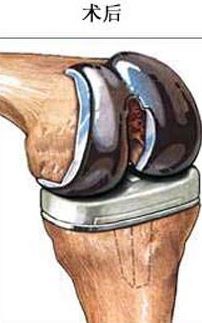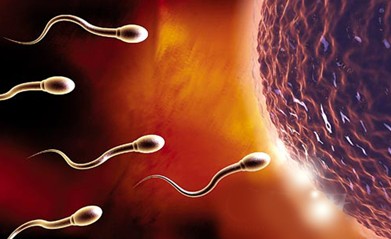男性患者备孕期用抗TNF制剂不增加不良妊娠风险
 人 预约电话:15810063221
人 预约电话:15810063221摘要(澳大利亚)目的: 本研究数据旨在分析男性病人怀孕期间应用肿瘤坏死因子(TNF)抑制剂是否与胎儿畸形或孕期并发症发生的风险相关。此外,我们还对TNF抑制剂对精子质量特性的影响进行了探讨。
方法:我们做了系统性文献回顾,在Medline数据库中查询到139篇可能相关的报道,最终经过筛选有9篇纳入最终的分析。
结果:最终有60次妊娠纳入研究,这些均涉及准爸爸们在近怀孕时接受了TNF抑制剂的治疗。其中有28次妊娠记录了妊娠结局。我们没有发现任何与父方接受TNF治疗相关的流产或畸形的资料记载,但我们发现有证据显示在应用了TNF抑制剂治疗后提升了精子能动性和精子活力。这一改善也许是因为降低了疾病活动度所致。
结论:资料显示男性患者备孕期间接受TNF抑制剂的治疗不增加负面妊娠结局发生的风险。此外,TNF抑制剂的治疗似乎不降低男性的生育能力。
附原文:Abstract OBJECTIVES: Published data were analysed to determine if the use of tumour necrosis factor (TNF) blocking agents in male patients during time of conception is associated with an increased risk of fetal abnormalities or complications during pregnancy. Moreover, we were interested in the impact of TNFblocking agents on sperm quality characteristics. METHODS: We performed a systematic literature review (Medline, online archives of Annual European Congress of Rheumatology and the American College of Rheumatology). One-hundred and thirty-nine Articles of potentially relevant reports were identified and screened for retrieval and nine articles were included in the final analysis. RESULTS: Overall, there were sixty cases, where expectant fathers used TNFblocking agents shortly before conception. The outcomes of the pregnancies are documented in twenty-eight events. We did not find any documentation of miscarriages or physical abnormities associated with TNF blocking treatment and paternity; however, we did find documentation evidence that sperm motility and vitality even may improve under TNF-blocking therapy. This improvement may be caused by a decrease in disease activity. CONCLUSIONS: Published data suggest that TNF-blocking therapy in male patients during time of conception does not increase the risk of adverse pregnancy outcome. In addition TNF-blocking therapy does not appear to reduce male fertility.
引自:Puchner R, Danninger K, Puchner A, Pieringer H. Impact of TNF-blocking agents on male sperm characteristics and pregnancy outcomes in fathers exposed to TNF-blocking agents at time of conception. Clin Exp Rheumatol. 2012, 30(5):765-7.






































